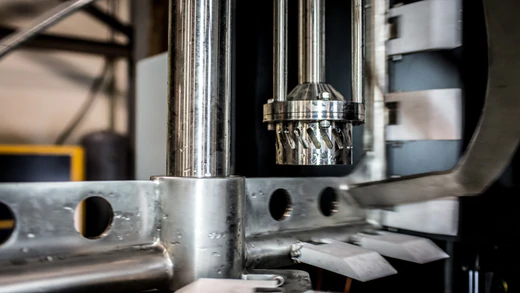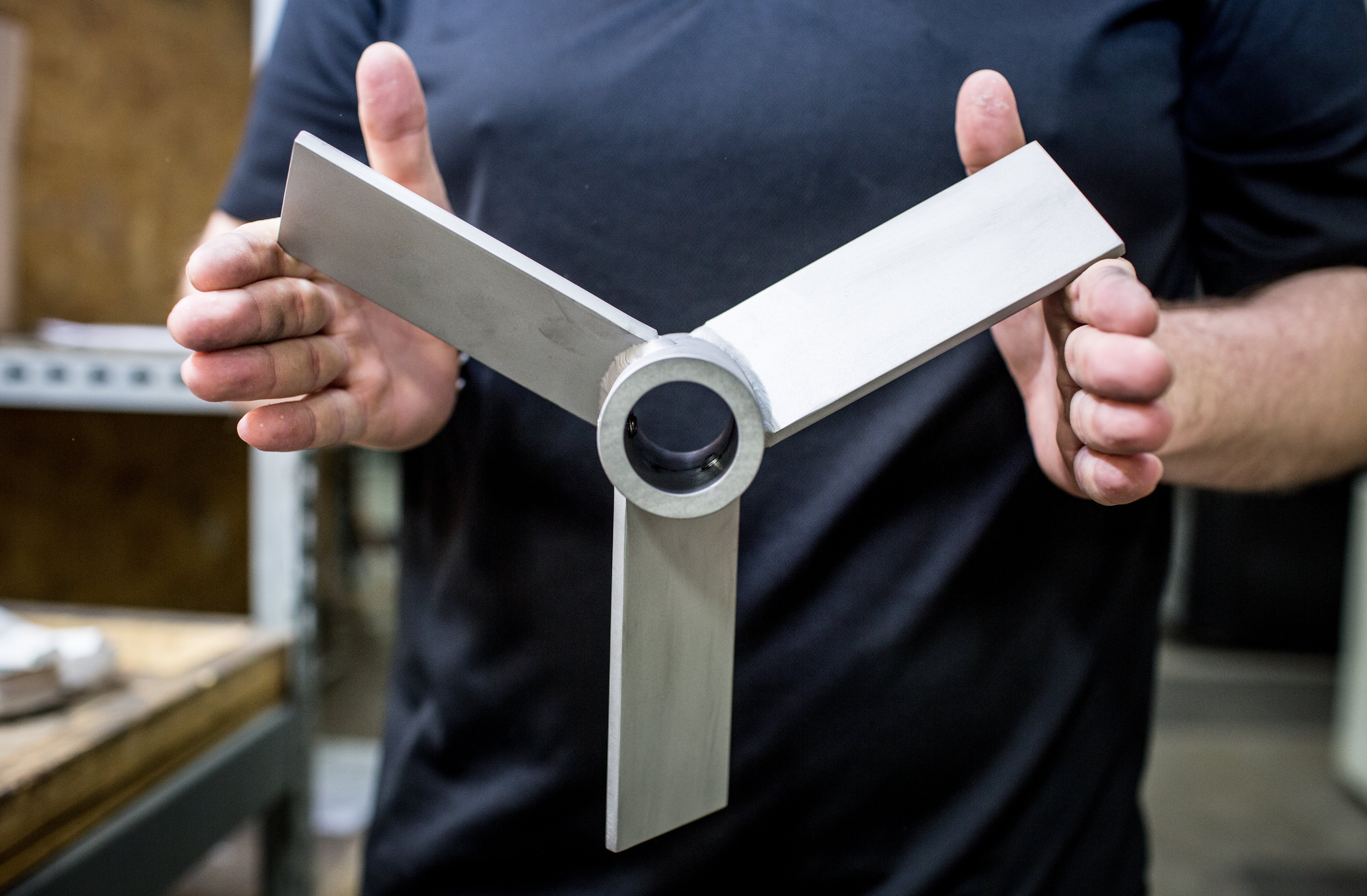The type of equipment and operation you use for your process will depend heavily on the materials being used and the ways in which the ingredients will interact with each other. There are three main categories:
- Liquid- Liquid mixing is where a mixture is formed from two or more liquid ingredients. Within this category are two additional categories: Miscible and immiscible mixing. Miscible mixing is the complete mixing of two substances to form a single substance. Think: non-carbonated beverages with flavorings. Immiscible mixing involves two liquids that do not mix to uniformity like oil and water. When using miscible ingredients in a mixture, the product is considered homogenous- or of uniform structure throughout. The process for mixing immiscible liquids does vary depending on the ingredients. However, most immiscible mixtures have similar goals for their solution: emulsification. Often, the oil or fatty particles will be reduced to tiny droplets using a high-shear mixing blade and will be suspended evenly throughout the mixture, creating a stable mix to eliminate the separation of the two ingredients.
- Solid-Liquid mixing is the mixing of a liquid and solid substance, usually a dissolvable powder or flake, but can also be non-dissolving solid. When a solid substance can be dissolved into a liquid, a solution is created. Sweetened milk or sugar water would fall into this category, as they create a homogenous mixture. Alternatively, if a substance in the mixture does not dissolve, it can be suspended throughout the mixture. This process is referred to as ‘solid-suspension’ and creates a ‘slurry’ of the suspended solid ingredient. Waste water processors use this technique to suspend heavy metals in a solution and extract the beneficial ingredients, leaving behind ‘slag’. The solid-suspension process can be used for a variety of reasons, but usually to create physical and chemical reactions.
- Liquid-Gas mixing involves suspending gas bubbles thoroughly in an immiscible liquid. Using a turbine type impeller allows the breaking up of larger bubbles into smaller bubbles to create a larger surface area of gas and liquid contact. You’ll be most familiar with products like soda or beer, but these solutions can be used in highly technical or volatile applications across a wide array of industries. Things you would consider ‘foamy’ are usually an example of this process: like soap or whipped cream.
Every application will require a different set of techniques to achieve these different forms of mixing. It will be important to adjust shear, agitation level, suspension, dispersion, and pumping mechanisms to best help you achieve your end product.
Learn more about important considerations to your mixing process here.




